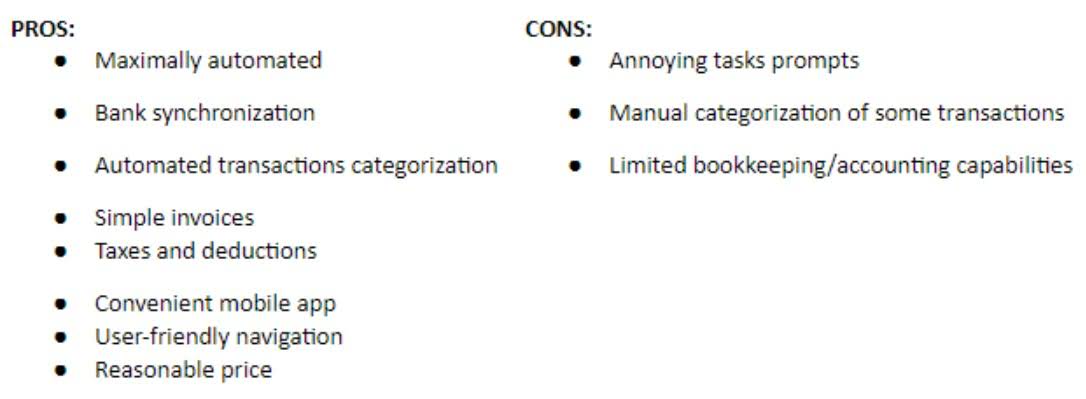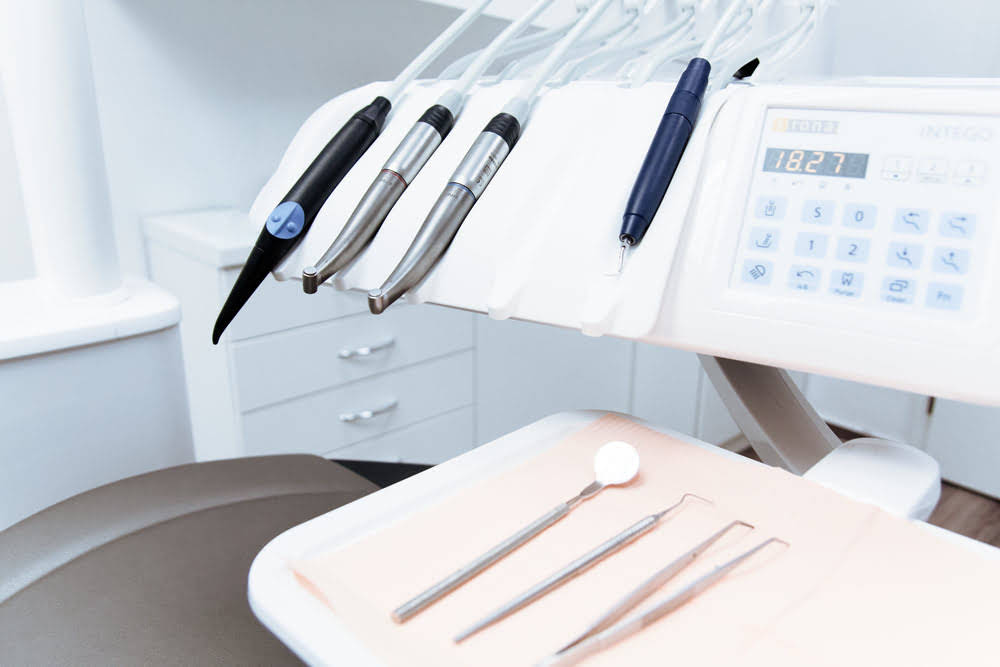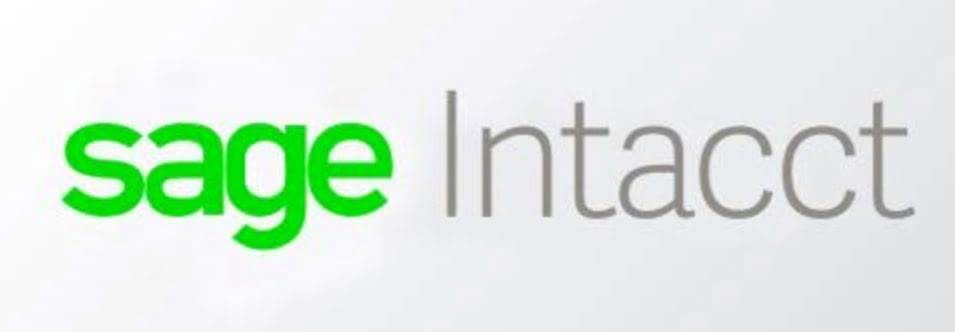Public finance and budgets


From an economic perspective, it seems reasonable that research and development costs should be capitalized, even though it’s unclear how much future benefit they will create. To capitalize and estimate the value of these assets, an analyst needs to estimate how many years a product or technology will generate benefit for (its economic life) and use that as an assumption for the amortization period. Let us compare GAAP with the International Financial Reporting Standards (IFRS). Under IFRS rules, research spending is treated as an expense each year, just as with GAAP. By contrast, though, development costs can be capitalized if the company can prove that the asset in development will become commercially viable (meaning the technology or product in development is likely to make it through the approval process and generate revenue).
- While former implementations of the SAM were derived from General Equilibrium Theory, the team incorporated the multiplier proposed by Keynes to interpret results from the ISA dataset.
- However, debt levels in OECD countries have risen significantly in recent years.
- Tangible assets in research and development could include physical items like laboratory equipment, machinery, or computers used in the research activities.
- For example, let’s say a pharmaceutical company has reported a $10 million figure for revenue and has spent $100 million in drug development in an offshore facility.
- Instead of expensing the $1 million as it’s incurred, the company capitalizes this cost as an intangible asset and what happens afterward is depreciation or amortization of those costs.
Initial recognition: computer software
As a result, both the UK and International Accounting Standards provide accountants with more information in order to clarify the situation. The interplay between domestic and international tax incentives can r&d accounting be complex, especially for multinational corporations. Companies must carefully navigate transfer pricing rules, which govern how transactions between related entities in different countries are priced.
What Are Research and Development (R&D) Expenses?

Because ASC 730 is part of GAAP, the amounts presented should be reliable and free from material misstatement. The activities treated as R&D in ASC 730 have many similarities with those covered by IRC sections 41 and 174, and thus the amount reported in the financial statements provides a starting point to identify R&D costs. Technological information — Technology or software companies may have a greater challenge than some as they sort through the complexities of understanding that all expenses, in theory, incurred in connection with software development must now be amortized. Many technology and software companies will face significant increases in their taxable income because they are no longer allowed to deduct certain expenses.
R&D investments, capital expenditures, and earnings thresholds
General and administrative expenses include expenses incurred while running the core line of the business and include executive salaries, R&D, travel and training, and IT expenses. Operating expenses are related to selling goods and services and include sales salaries, advertising, and shop rent. While R&D itself doesn’t depreciate, the tangible assets purchased or used in research and development activities, such as laboratory equipment or machinery, can depreciate over their useful life. Understanding this balance helps businesses and investors make informed choices and ensures they’re keeping their financial records in line with what’s expected.

Reasons to Conduct R&D
Capital expenditures often include the purchase of physical items like machinery, buildings, or technology, as well as investments in patents or software development. We document strong evidence of a declining relation between R&D and future profitability, which coincides with a number of important economic changes, including a significant increase in R&D spending. We identify several contributors to this decline, including changes in the nature and riskiness of R&D projects and a shift in the types of firms undertaking R&D in our sample. We also demonstrate variation in the implications of R&D for future profitability, consistent with diminishing marginal returns to R&D investments. Overall, our evidence suggests that, in earlier periods, investments in R&D offered high returns in U.S. public firms but that in more recent times these returns have stabilized at lower levels.
Below is an example of the R&D capitalization and amortization calculations in an Excel spreadsheet. The key assumptions are that a total of $100,000 has been spent on research and development, there is a $20,000 residual value, the product developed has a commercial life of 5 years, and the amortization expense uses the straight-line method. GAAP and IFRS is not a question of right or wrong but rather an example of different theories colliding.
Revenue minus expenses equals the total net profit of a company for a given period. Imagine a startup company that throughout the year generates $300,000 in revenue and incurs $240,000 in operating expenses. Additionally, the company has decided to invest $60,000 in a new product development project, aiming to innovate and expand its market reach. Handling research and development expenses is all about finding the right balance.
